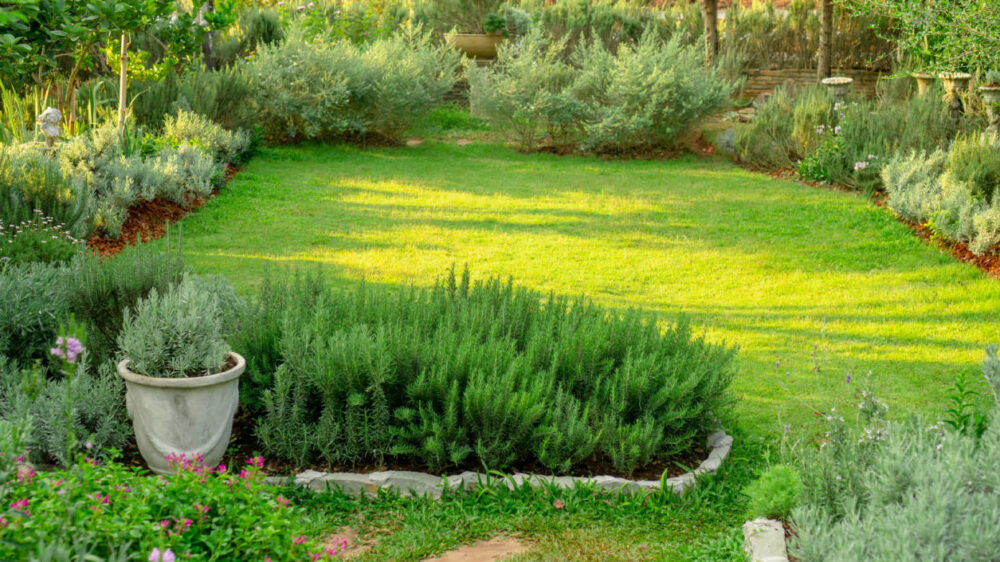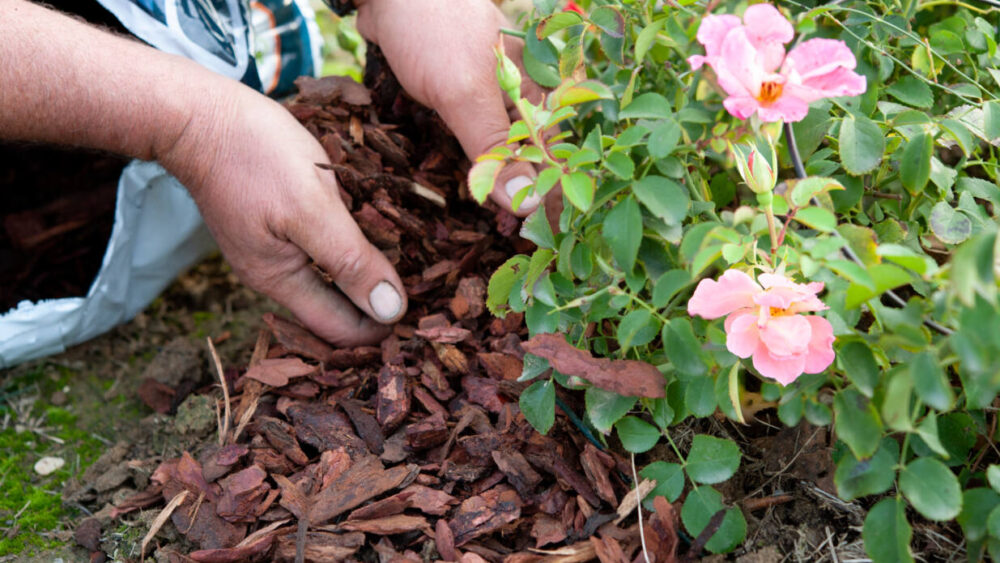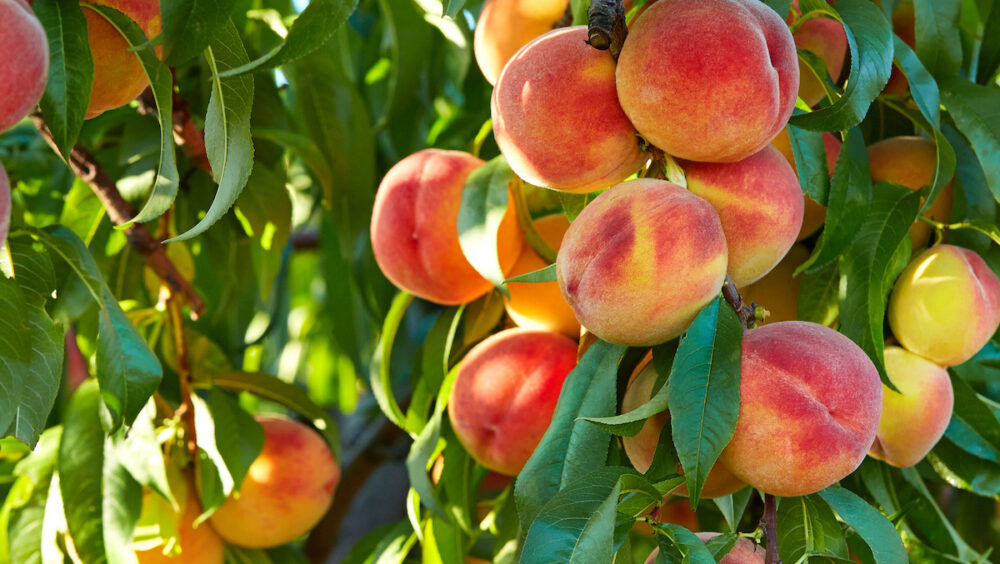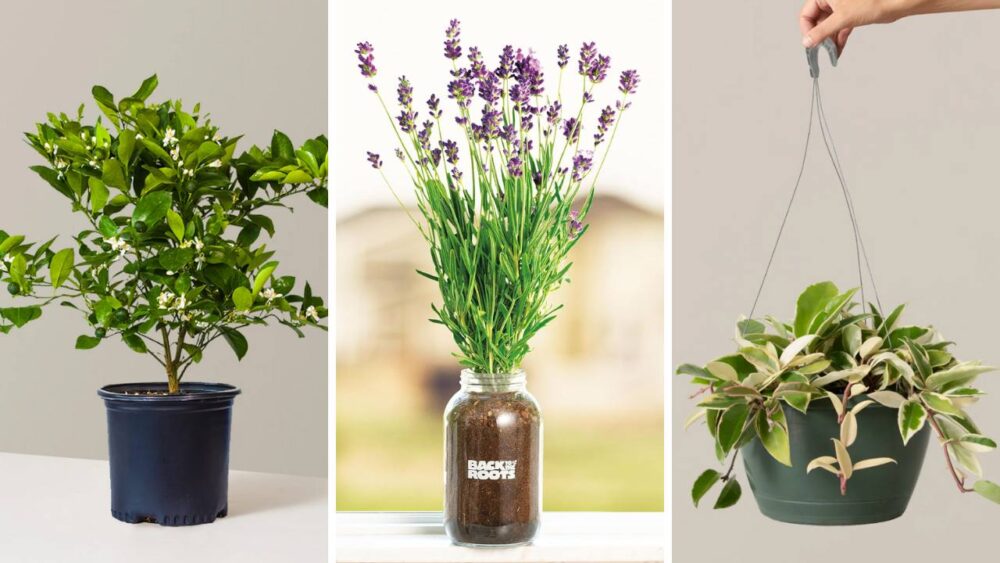All About Mulch: A Guide To Having Your Best Flower Beds Ever

We’ve partnered with Homemadesimple.com, a Procter & Gamble brand, to bring you some of our favorite home and beauty tips, advice and expertise.
Every spring, homeowners and gardening enthusiasts mulch their flower beds. The pungent smell is an exciting indication that summer and warmer weather are on their way.
But what are the benefits of mulch? And what type should you use? Use this guide to help you discover what you need and the best ways to install mulch.
Benefits Of Mulch
- Mulch insulates the soil, keeping warm ground warm and cool ground cool. Tip: Mulch cool-weather vegetables and annuals (like pansies), and they’ll produce abundantly into the warmer weather. Likewise, growth of warm weather plants can be extended into the early days of fall.
- Mulch with a depth of 3-inches helps prevents weeds from growing, saving you time in the garden.
- It conserves moisture, eliminating the need to water as often.
- Not only does mulch keep soil nutrients from being washed away with the rain, it also can release nutrients into the soil if you use an organic material.
- Mulch encourages the growth of earthworms. Workhorses in the garden, earthworms irrigate by loosening the soil, and their waste is high in nitrogen.
- It prevents soil compaction by breaking the fall of water, therefore lessening the force of it on the soil. Tip: Mulch does not increase soil fertility, so continue to fertilize as you have done in the past.
Types of Mulch
Compost
Crumbly, brown compost makes excellent mulch, especially last year’s fall leaves. Other suitable materials include straw, peat moss, coarse sawdust, rice hulls and pecan shells.
Pro Tips:
- Avoid grass and green clippings because they generate too much heat during decomposition, which will damage your plants.
- Chop compost before adding to your garden to lessen compaction. Place it on a driveway and mow over it with a bagging mower. You can also run it through a chipper or shredder mulcher.
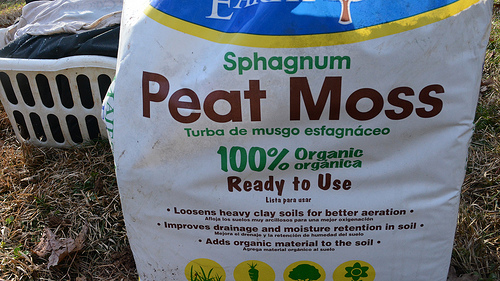

Commercial Mulch (From A Garden Center)
Purchase bagged or bulk mulch from your local garden center. Bagged is easier to maneuver into the garden but it’s more expensive than bulk. However, you can purchase smaller quantities over a longer period of time and work at your own pace. The most common types of commercial mulches are:
- Hardwood: Available in a variety of dyed colors, hardwood mulch is effective when applied at a 2-to- 4-inch depth. Most will deteriorate and need to be reapplied annually.
- Pine Bark: Made from the bark of pine trees, it can be incredibly coarse, or shredded. A coarser version is good for walkways because it lasts longer, but doesn’t give the well-manicured appearance of finer mulches.
- Pine Straw: Dried needles of pine trees, pine straw is light and airy, but resistant to wind. If used for prolonged periods of time, it can acidify the soil, but is excellent, natural mulch that doesn’t break down quickly.
- Cocoa shell: Just what its name implies, the mulch is made from cocoa bean shells. It has a wonderful chocolate aroma and makes beautiful mulch, but can be expensive. Pet owners should avoid it because it’s toxic to cats and dogs. It may not be readily available in all areas, but can be purchased online.
Pro Tip: Some mulch comes with an additive designed to prevent seed sprouting, especially effective for keeping weeds at bay. But if you’re developing a self-seeding garden with plants such as Echinacea, these herbicides will prevent all seeds from sprouting — good or bad.
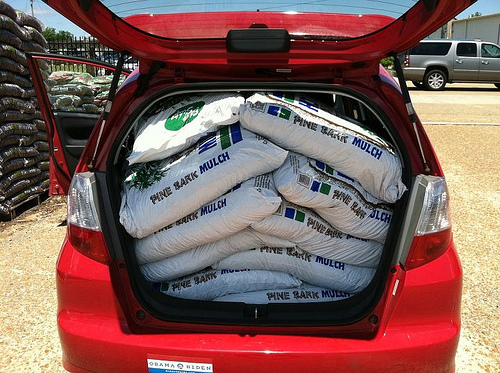

Mulch Installation Tips
- Make sure your garden and yard are weed-free before applying mulch.
- All plants benefit from mulch! Use it around annuals, perennials, vegetables, roses, shrubs and trees.
- Mulch to a depth of 2-4 inches, and avoid covering newly growing plants. Leave breathing room for tree trunks, especially for young trees, since mulch can soften the wood and cause the trunk to rot.
- Refresh the mulch when it begins to deteriorate.
Do you have any mulching advice to share? Tell us all about on our Facebook page.



